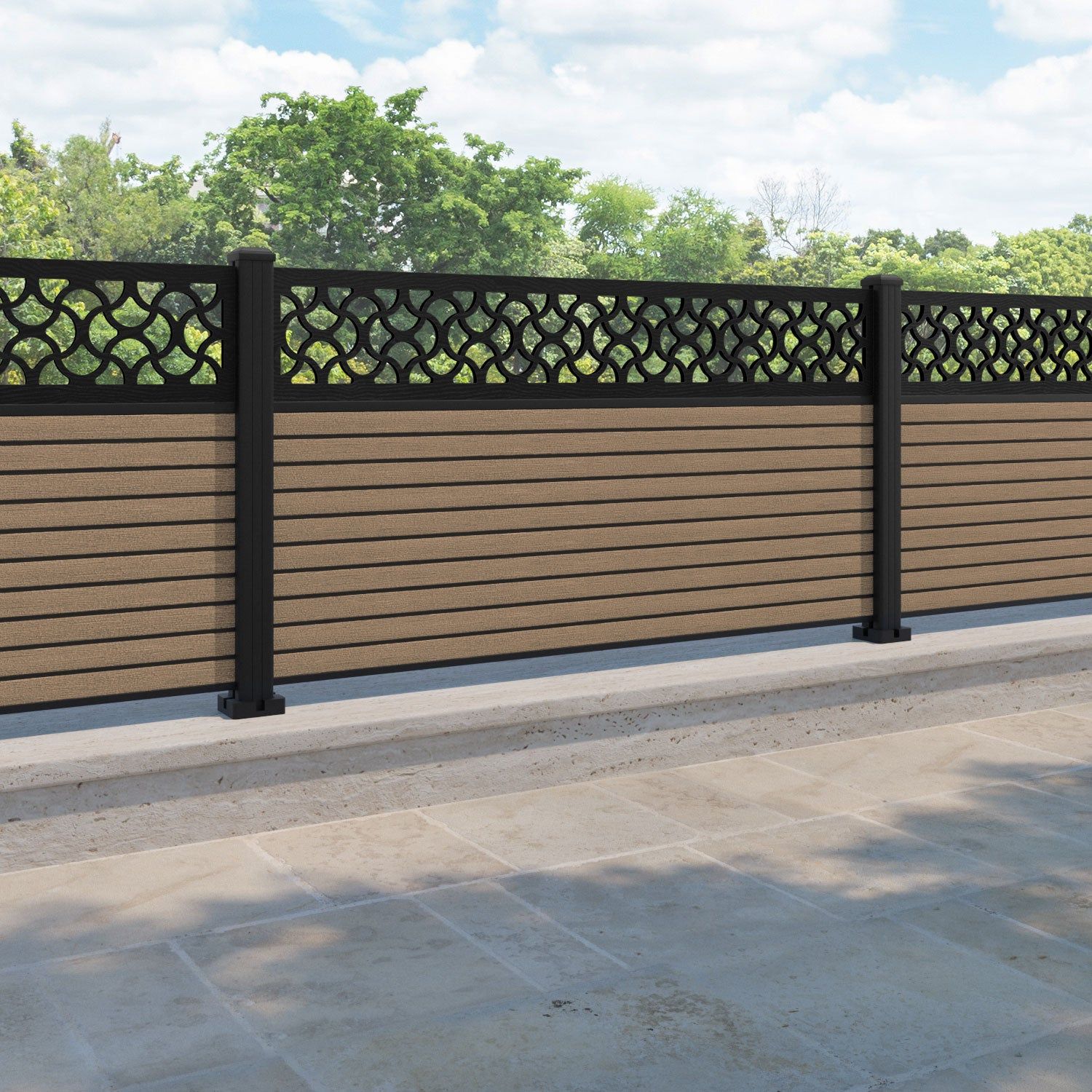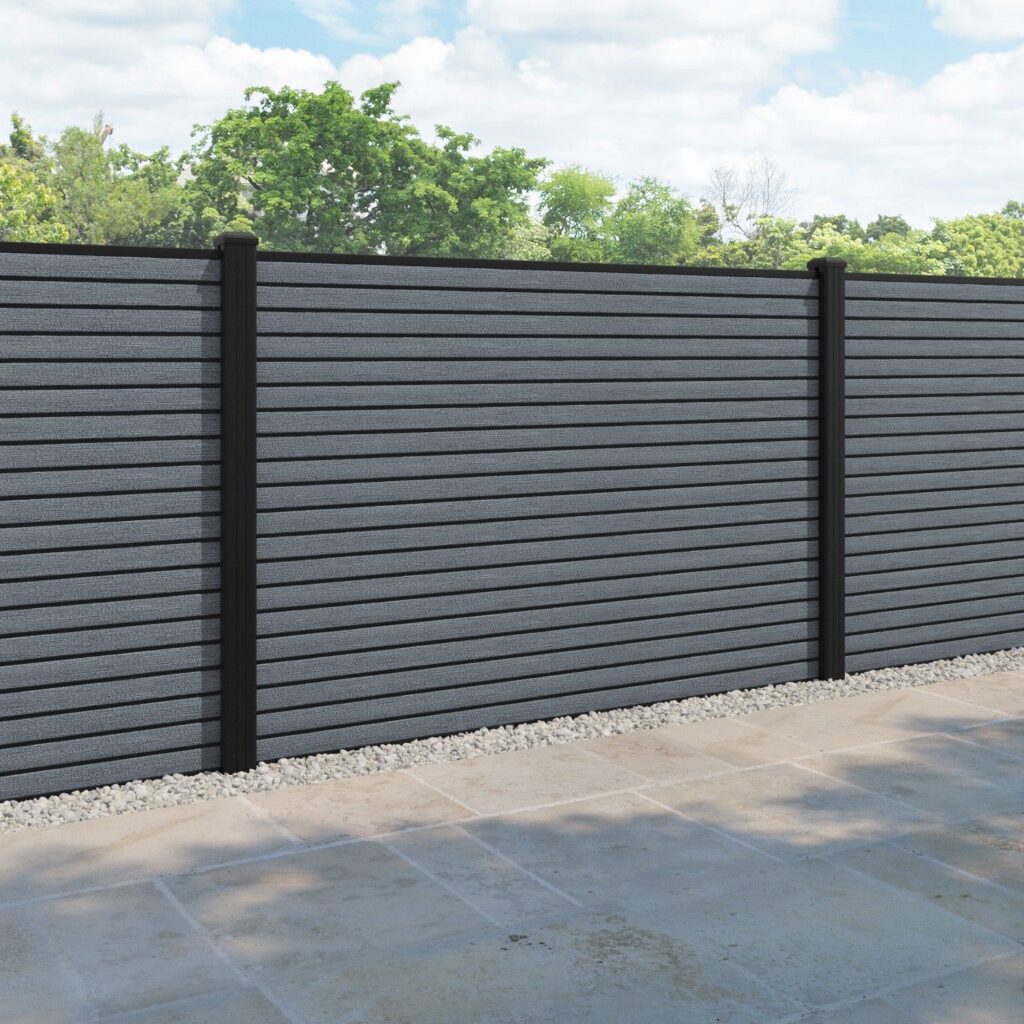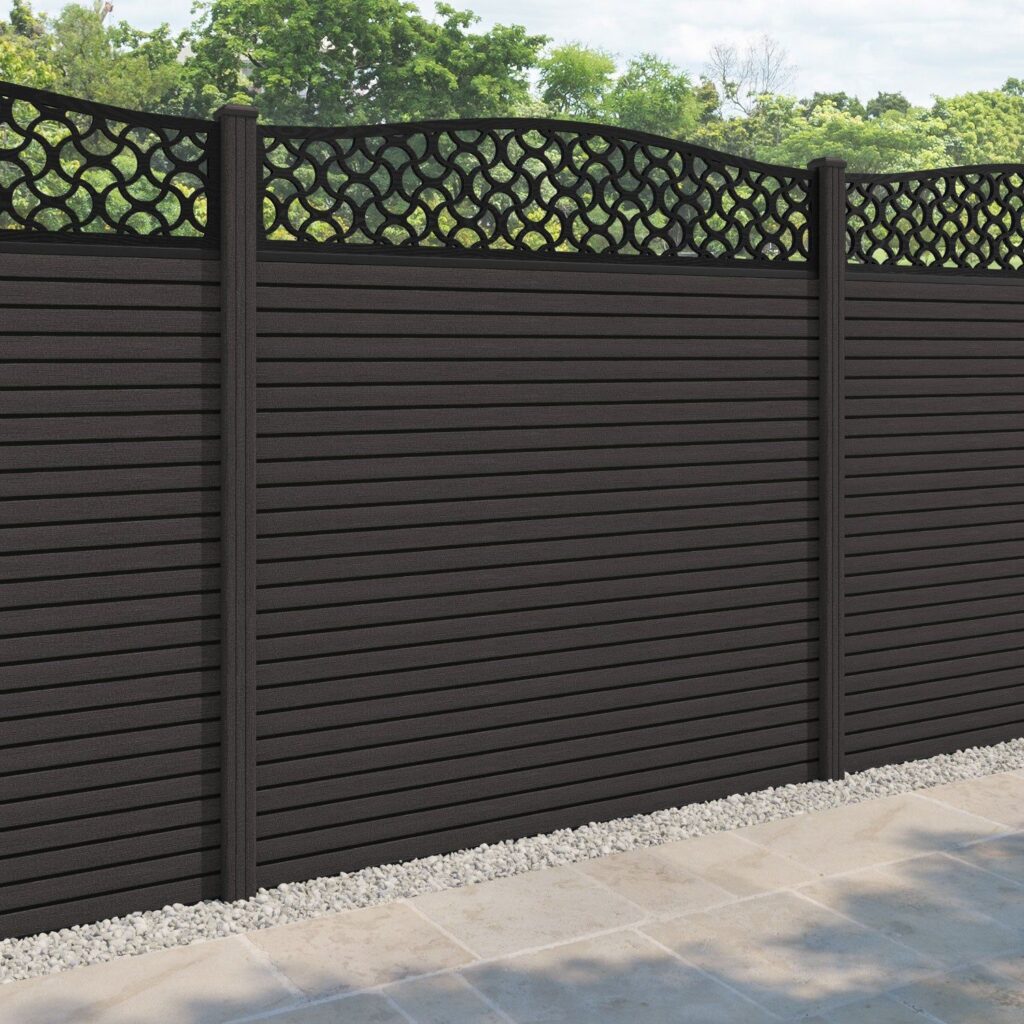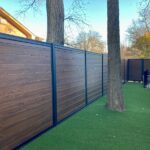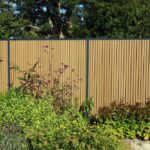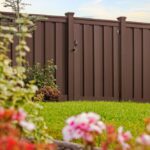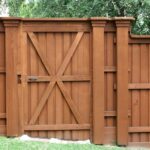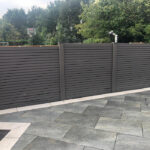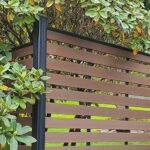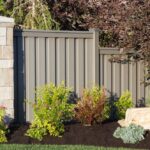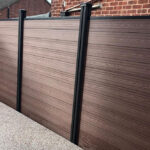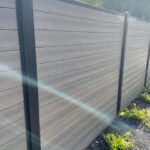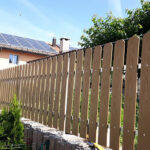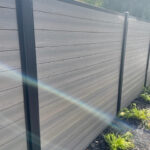If you’re in the market for a new fence for your property, you may want to consider composite fencing as a potential option. Composite fencing, made from a blend of wood fiber and plastic polymers, offers a number of benefits that make it an attractive choice for homeowners and businesses alike.
One of the key advantages of composite fencing is its durability. Unlike traditional wood fencing, composite materials are resistant to rot, decay, and insect damage. This means that composite fences are likely to last much longer than their wooden counterparts, saving you money on repairs and replacements in the long run.
Composite fencing is also incredibly low maintenance. Unlike wood fences, composite materials do not need to be stained, painted, or sealed to keep them looking their best. A simple rinse with a garden hose is usually all that’s needed to clean composite fencing, making it a hassle-free option for busy homeowners.
In addition to its durability and low maintenance requirements, composite fencing is also an environmentally friendly choice. Because it is made from a blend of recycled wood fibers and plastic polymers, composite fencing is a sustainable option that helps to reduce the demand for new timber and plastic materials.
Composite fencing is available in a wide range of styles and colors, making it easy to find a design that complements the aesthetics of your property. Whether you prefer a traditional picket fence or a more modern slat design, there is sure to be a composite option that suits your taste.
While composite fencing may have a higher upfront cost compared to wood fencing, its long-term durability and low maintenance requirements make it a cost-effective choice for many homeowners. With its combination of strength, sustainability, and style, composite fencing is a smart investment for any property owner looking to enhance their outdoor space.
